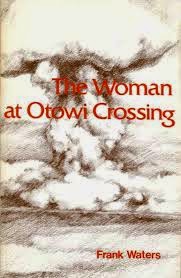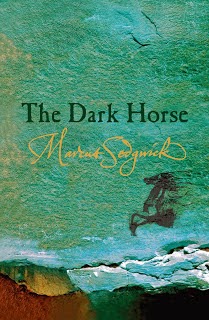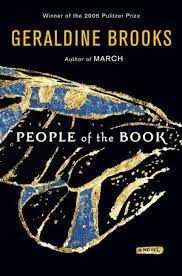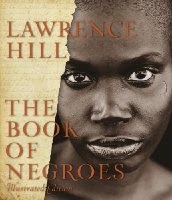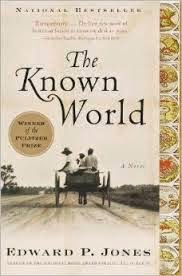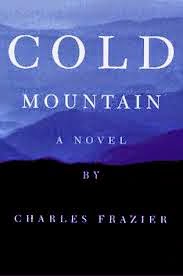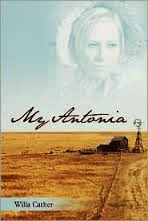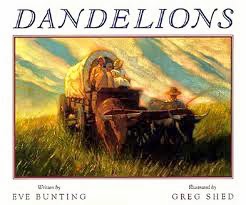by Odo Hirsch
I am not so good on historical writing, but I think this story is supposed to occur in a time and place like the European Renaissance. The main character is a fourteen-year old boy named Yoss who leaves his isolated village to see the world. He ends up in a sprawling city full of corruption at every turn. The boy is not unintelligent, but has led so sheltered a life that he doesn\’t realize that the first men he meets are thieves. Taking advantage of his ignorance, they involve him in a crime for which the penalty is hanging. He escapes their company and falls in with some beggars instead, who give him a different picture of what life in the city is like. Then two thieves get caught and Yoss is of course included in the accusations. Fortunately he is saved from prison by the very merchant he had helped to rob- not realizing that the man keeps him in conditions equal to slavery. He is a hard worker, cheerful and trusting, and the merchant\’s employees can\’t help but like him. So when the merchant\’s wife wants to meet Yoss (for reasons of her own) the overseer has a hard time refusing. Yoss ends up not only in the secluded upstairs region of the household, but also begins keeping company with a hired artist working on a ceiling mural. The painter figures Yoss might as well help if he\’s going to hang around all day, so he begins learning rudiments of that trade. Meanwhile the thieves are trying to find a way to escape prison, one of them wants revenge, and when the merchant finds out that Yoss has been frequenting the upstairs and his overseer practically lying about it, he wants to throw to boy out (where he could face hanging). It\’s all a pretty pickle, and when the boy thinks about it himself, he can\’t figure how it all came about, why he should be the centre of everyone\’s concerns when he wanted none of the doings himself. He only wants to get home to his village again.
The first time I tried this book I couldn\’t get into it, but this time around I found the story engaging and all the characters interesting on different levels. I will probably want read it again someday.
Rating: 3/5 341 pages, 2001

